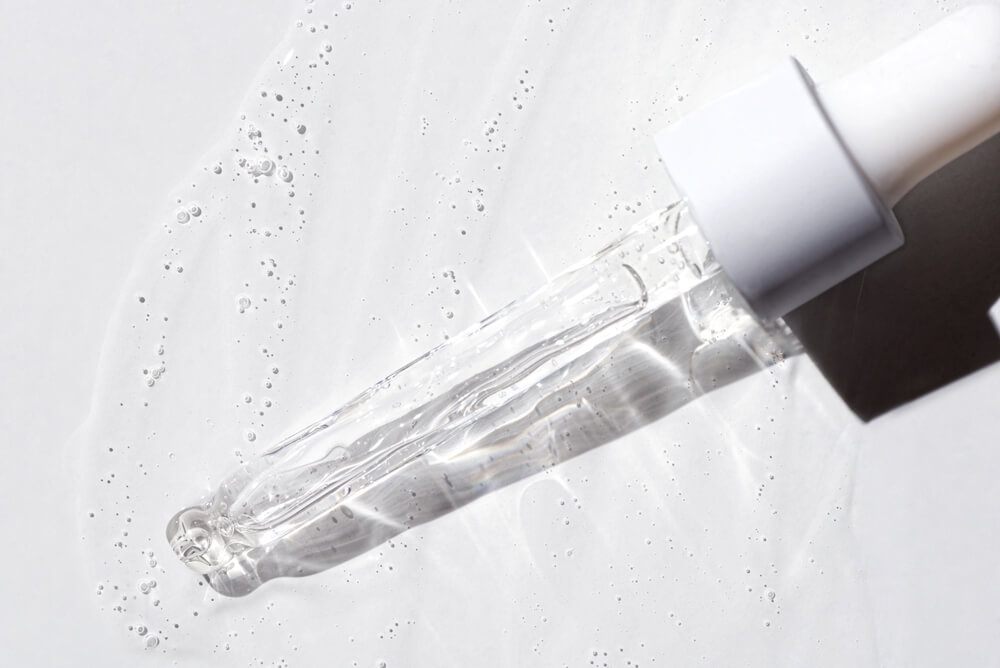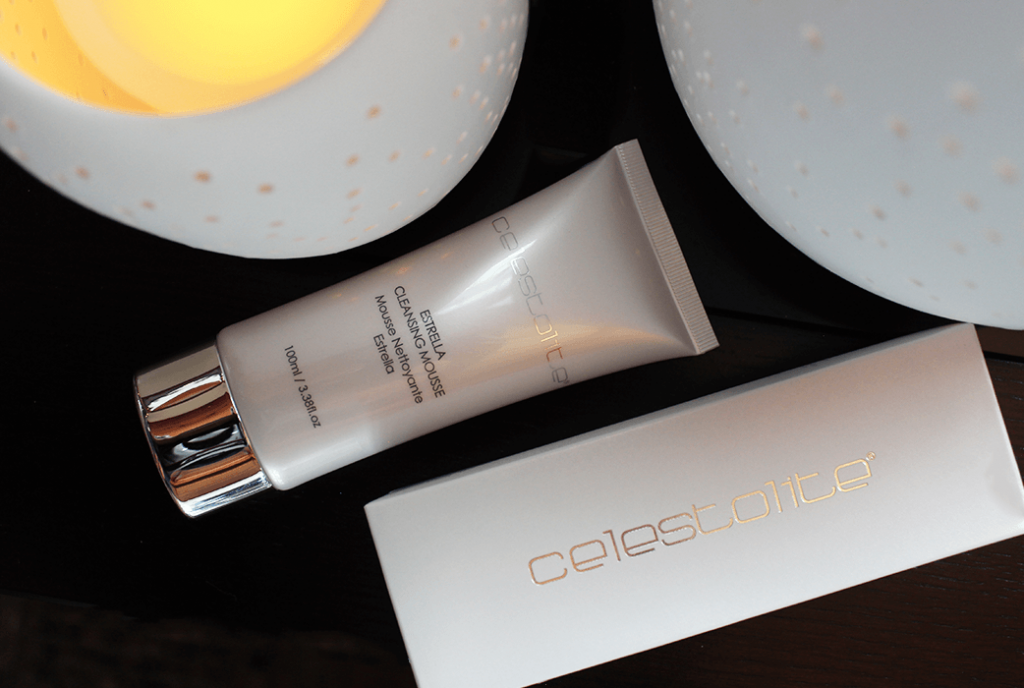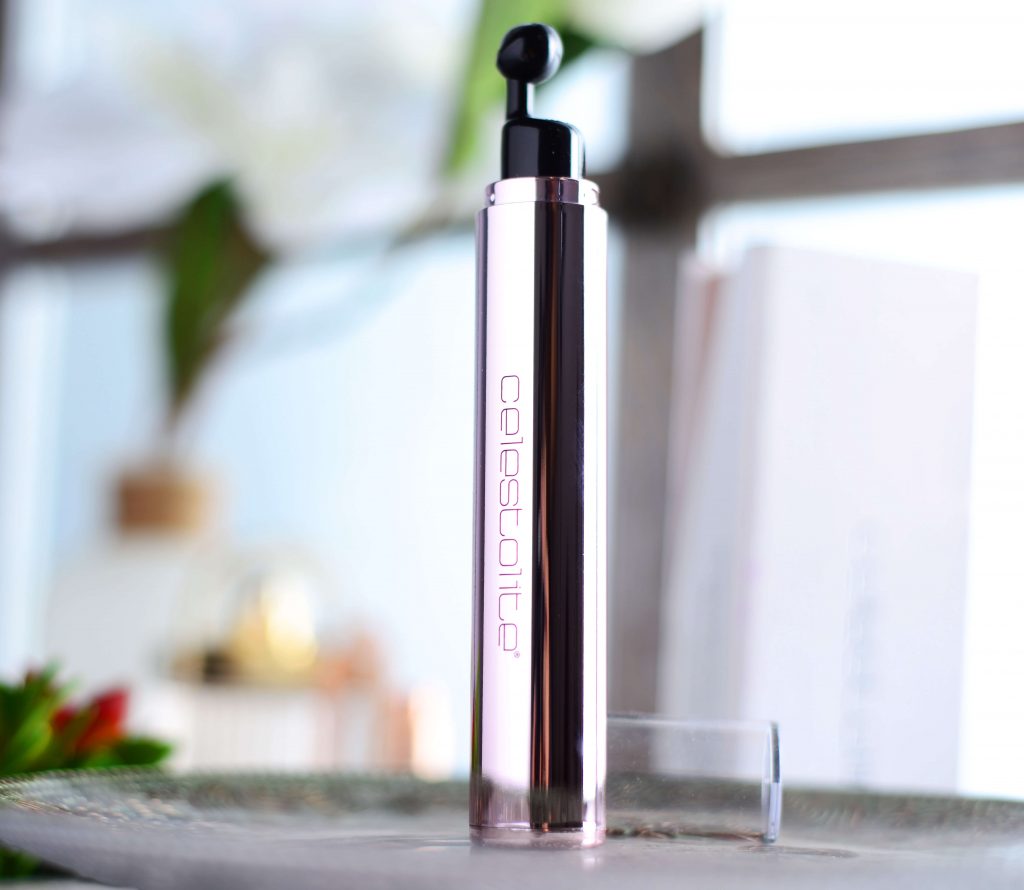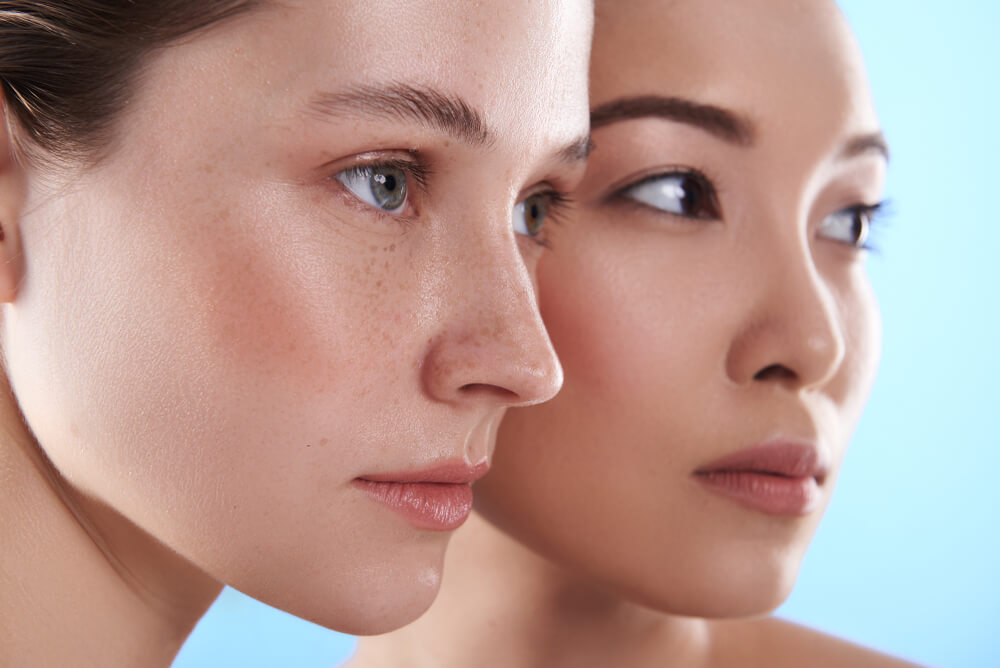Did you know that skincare products aren’t regulated by the FDA? There may be strict controls over the food that we eat but the same doesn’t apply to the skin, even though the skin absorbs a significant percentage of the products that are applied to its surface.
Many people are becoming increasingly concerned about this, and rightfully so. More and more studies are emerging that point to how numerous skincare products contain potentially harmful chemicals that don’t break down in the body over time, building up instead. With the average woman applying 168 different ingredients to her skin each day, the possibility that a large percentage of these could be harmful is frightening.
The only way to get around this problem is to become more familiar with the various skincare ingredients out there. Scanning an ingredient list and immediately knowing what’s good and what’s not will enable you to protect your skin from all of the damaging skincare ingredients out there.
Ready to get started? Read on as Celestolite talks you through some of the most important skincare ingredients to avoid.
Parabens

Let’s start with what’s currently one of the more controversial skincare ingredients out there; parabens.
This group of chemicals is used as a preservative. Parabens help to extend the shelf life of cosmetic products, which is why they’re found in such a wide range of formulas. From shampoos to moisturizers, parabens are everywhere. They’re likely even in many of the household goods that you purchase, such as laundry detergent.
What’s the Problem With Parabens?
The reason why there’s such a buzz around parabens at the moment is because some research points to them being harmful while other studies conclude that there’s nothing to worry about when using this ingredient.
For example, one major study from 2017 found traces of parabens in breast cancer tissue. On its own, this doesn’t mean too much. However, other studies have determined that parabens are capable of disrupting hormone function. They can interfere with estrogen metabolism, making the breast cancer link all the more concerning.
While that may be the case, the FDA and the American Academy of Dermatology have stated that there isn’t enough evidence to prove that parabens are a danger to human health, especially since they’re only used in minute quantities in cosmetic products.
Fortunately, more and more skincare brands are recognizing the potential dangers that parabens can cause. As a result, many of the new skincare formulas being developed today don’t contain parabens. They make use of other preservatives instead, skincare ingredients that haven’t been linked to such serious health issues.
If you’re shopping for your skincare from Celestolite, you won’t have to worry about encountering parabens. All of our products are paraben-free. After all, it’s better to be safe than sorry, especially when it comes to your skin.
If you’re shopping from other brands, always scour the ingredient list to make sure that the word ‘paraben’ is nowhere to be seen. There are several different types of parabens out there, such as methylparaben and butylparaben. However, they all have the word ‘paraben’ in their names, making them easy to spot.
Sodium Lauryl Sulfate and Sodium Laureth Sulfate
Both sodium lauryl sulfate (SLS) and sodium laureth sulfate (SLES) are surfactants. These skincare ingredients mix with both water and oil, forming a lather and allowing them to be removed from a surface. This not only applies to the surface of the skin, but also to other surfaces, from hair to household furniture.
As a result, both skincare ingredients can be found in a wide variety of cleansing products, from facial cleansers to cleaning products for the home. If you’re using a product that creates a foam, then chances are that it contains SLS or SLES.
What’s the Problem With SLS and SLES?

Currently, studies point to how SLS and SLES are both safe when used in products that have been designed to be rinsed off the skin shortly after application. This is why both skincare ingredients are still commonly used in cleansers, shampoos, and other products.
However, the main problem lies in the manufacturing process of these skincare ingredients. They’re highly susceptible to contamination by potential human carcinogens. Although these compounds can be removed during the manufacturing process, there’s no way to find out if this has actually happened with the SLS and SLES in the products that you’re using.
Concentrations of SLS and SLES greater than 1% have also been shown to cause irritation to the skin and eyes. Most cleanser formulas don’t disclose how much of these skincare ingredients have been used, making it impossible to determine whether or not those products are safe for the skin.
Of course, the environmental impact of these ingredients shouldn’t be ignored either. There has been so much hype out there regarding the effect that both skincare ingredients have on marine life, providing yet another reason why alternatives should be sought.
If you would like to make sure that you’re cleansing your skin with a product that doesn’t contain these two compounds, turn your attention to Celestolite’s Estrella Cleanser Mousse. Take a look at the skincare ingredients in this product and you’ll notice that SLS and SLES are nowhere to be seen. Instead, this formula makes use of coconut-derived surfactants, such as sodium cocoyl glycinate. They’re just as effective at cleansing the skin but are much safer and gentler. Combined with the amino acids and meteorite powder in this formula, this cleanser is well worth a try.
Formaldehyde
Formaldehyde is a naturally-occurring compound that living organisms produce, including the human body. It can also be found in many fruits and vegetables, including apples, bananas, and carrots. Since it’s a gas, formaldehyde doesn’t build up in the body. Instead, when the body produces it, it’s converted into carbon dioxide and then released when a person exhales.
What’s the Problem With Formaldehyde?
Being a naturally-occurring gas, it may initially seem as though there’s no issue with formaldehyde. After all, humans produce it every single day! However, it’s expelled from the human body in the form of carbon dioxide, meaning that people don’t actually come into contact with the formaldehyde that they produce.
When formaldehyde is used in cosmetics, it has direct contact with the skin. Studies show that it can potentially be absorbed by the skin, where it can then cause redness, itching, and other side effects. It’s a common allergen, meaning that many people don’t react to it well. It’s also classed as a known carcinogen, with studies linking it to cancer.
Not only is applying formaldehyde to your skin a bad idea, but inhaling it can cause issues too. When it’s breathed in, it can severely irritate the nose and throat.
Formaldehyde’s main function is as a preservative. It extends the shelf life of a product while also preventing bacteria from contaminating that formula. However, there are plenty of safer alternatives out there. Whether you need a face moisturizer, a serum, or anything else, avoiding formulas containing formaldehyde would be a good move.
That said, this can be a little tricky since many cosmetic companies now use formaldehyde releasers, such as DMDM hydantoin, instead of pure formaldehyde. These skincare ingredients don’t contain the word ‘formaldehyde’ in their names, making it difficult to identify them as formaldehyde releasers by simply glancing at the ingredient list. The only way to be sure is to do some extra research if you come across ingredients that you aren’t familiar with, avoiding anything that’s linked to formaldehyde in any way.
Hydroquinone
If you’ve been struggling with dark spots or other forms of hyperpigmentation and have been looking into ingredients that can lighten the look of this discoloration, then you’ve probably encountered hydroquinone. It’s revered for its skin-lightening properties, with research showing that hyperpigmentation responds extremely well to it.
What’s the Problem With Hydroquinone?

There’s no denying the efficacy that hydroquinone shows when it comes to lightening the appearance. However, its potential health risks are far greater.
For starters, hydroquinone is a known carcinogen. In fact, many countries have banned the ingredient completely in an effort to reduce skin cancer rates. Others have limits as to how much hydroquinone can be used in an over-the-counter product. In the EU, anything more than 1% isn’t allowed.
Hydroquinone is also infamous for being a major skin irritant. Long-term exposure to the ingredient causes sensitivities. Since the ingredient needs to be used regularly for a while in order for it to work, those that make use of hydroquinone-infused products are often vulnerable to its chronic effects.
Fortunately, there are so many safer alternatives out there. Kojic acid is a great example. This naturally-derived ingredient has been proven to have a depigmenting effect on the appearance. It works just as well as hydroquinone at evening out the complexion, yet it doesn’t come with the same dangers.
Arbutin is another ingredient with similar effects. This is another ingredient that occurs naturally. It’s found in high concentrations in certain berries, including bearberry and mulberry. On its own, it doesn’t work quite as well as kojic acid. However, combine the two skincare ingredients and the results will be phenomenal.
This is why the Celestolite Nova Dark Spot Corrector is such a bestseller. Not only does this specialized serum contain both kojic acid and arbutin, but it also boasts vitamin C. Just like the other two skincare ingredients, vitamin C is also a superstar at fading the look of dark spots and discoloration. It evens out the skin tone while also brightening the complexion, making this product one that is capable of quickly transforming the look of the skin.
Experience the Best Skincare Ingredients From Celestolite
When it comes down to it, there are so many skincare ingredients out there to be wary of. We’ve only skimmed the surface in this article – there are plenty more to keep an eye out for. However, knowledge is power. By arming yourself with all of the facts about these ingredients, while also being willing to do your homework when shopping for new skincare products, you’ll be able to ensure that your skin is receiving nothing but the very best.




1 comment on “Skincare Ingredients to Avoid: What to Watch Out For”